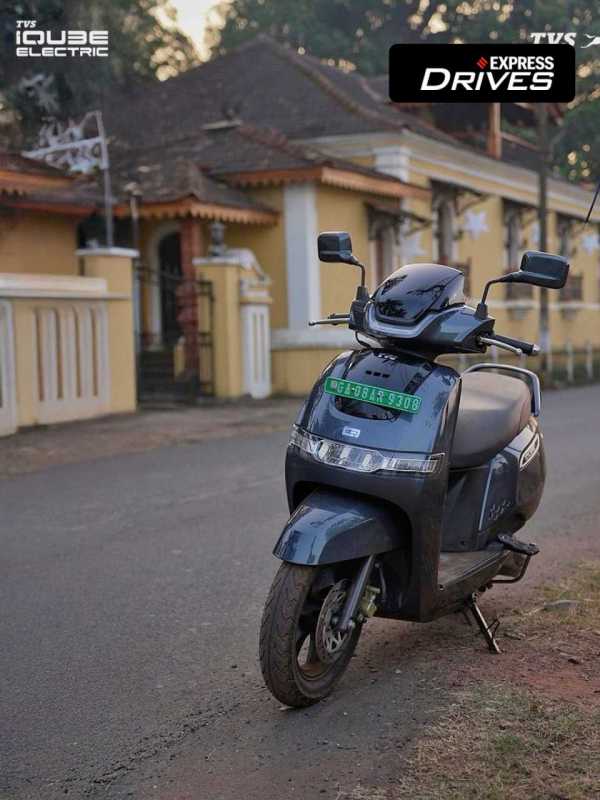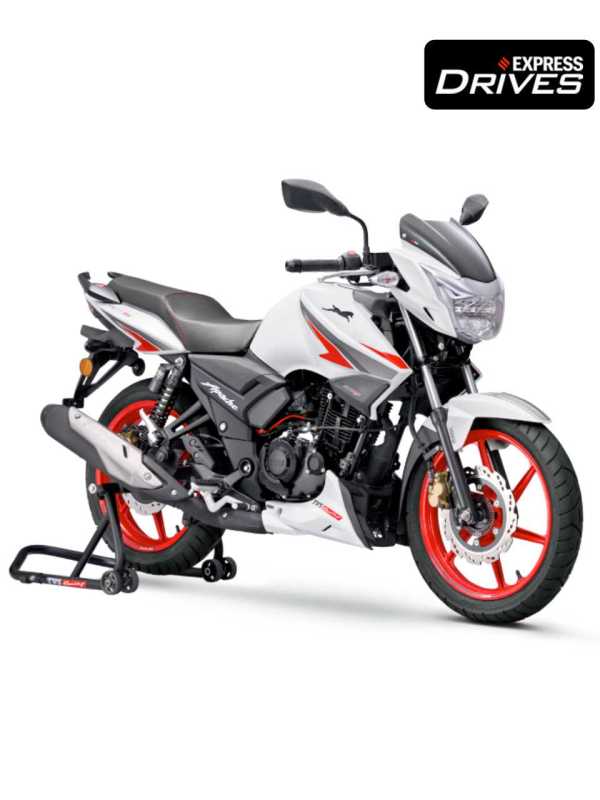Recent data from BNP Paribas says the share of passenger vehicle (PV) exports relative to total PV production in India reached its lowest in a decade in calendar year 2023. Is this a cause for concern? Vikram Chaudhary finds out
Are car exports actually declining?
CAR EXPORTS AREN’T exactly declining, but they are growing at a sub-2% rate. According to data from the Society of Indian Automobile Manufacturers (SIAM), exports increased 1.4% in FY24 — to 6,72,105 units, up from 6,62,703 units in FY23. Maruti Suzuki was the top exporter – it shipped 2,80,712 cars in FY24, against 2,55,439 cars in FY23. (See chart). In fact, cars were the shining stars in India’s auto export story in FY24 when two-wheeler exports slipped by 5.3%, commercial vehicle exports dropped 16%, and three-wheeler shipments fell 18%, due to various reasons. Overall auto exports dipped 5.5% in FY24.
What did the BNP Paribas report say?
THE BNP PARIBAS report is not about numbers, but about percentage — it noted that the ‘share of passenger vehicle (PV) exports’ relative to ‘total PV production’ in India reached its lowest in a decade in 2023.In CY23, PV exports accounted for 13% of India’s PV production. It was 14% in 2022, and a high 18% in CY19. The peak was in CY14, when PV exports formed 19% of PV production.
The financial services firm’s report contrasted India’s export numbers with the markets of Japan (which, in CY23, exported half of the cars its made), South Korea (66% cars produced in CY23 were exported), Thailand (61% cars exported), and Indonesia (18% local production was exported).But it added that with electrification of PVs, India has an opportunity to enhance exports – for instance, Maruti Suzuki is planning to export EVs by the end of FY25, and then sell in India.
But why did the ‘export share’ drop?
A major reason is that some global car makers have exited the Indian market. According to Som Kapoor, EY India automotive, future of mobility leader (Consulting), and partner, 35% of India’s car exports were done by Ford and General Motors, which have exited India. GM stopped selling cars in India in 2017, and exports came to a halt a couple of years later. Ford exited the Indian market in 2021, and exports stopped soon after. “Once they left the Indian market, those export numbers became zero,” Kapoor said. He added that India doesn’t have an established global car brand. Tata Motors and Mahindra make world-class vehicles, but few buyers outside India know them. But the biggest reason is that local demand has been so robust that most car makers are catering to that demand, instead of looking at foreign markets.
Are passenger vehicle exports only about cars?
NO, CAR MAKERS IN India export much more than just cars. Toyota Kirloskar Auto Parts, for example, exports e-Drive components to Japan and other markets. The e-Drive is a cutting-edge technology that turns electricity into power in a hybrid vehicle’s drive system. It also manufactures axles, propeller shafts, and transmissions for cars, and supplies them to Toyota in India and abroad. Renault Nissan India — which, in addition to cars, also has an engine and gearbox manufacturing capacity —exports made-in-India components to Renault Nissan Alliance plants worldwide, to be used in global Renault and Nissan cars.
But yes, low exports by homegrown players such as Tata Motors and Mahindra is a cause for concern — their cars, though good, aren’t well-accepted in developed markets, and that’s why they focus on developing markets, which aren’t big enough to give good numbers.
What else are car makers doing in overseas markets?
BEYOND SIMPLY EXPORTING cars or parts, Indian subsidiaries of foreign car makers are also helping them set up satellite businesses elsewhere in the world. For example, Skoda Auto Volkswagen India Pvt Ltd (SAVWIPL) is helping facilitate Czech car maker Skoda Auto’s entry into Vietnam.
For that, SAVWIPL has set up a 16,000-square-metre facility within its 543-acre Pune plant in Maharashtra. It is now manufacturing sub-assemblies of the Kushaq SUV and the Slavia sedan, which are being assembled into fully-build cars at a site in Vietnam, and then sold there.
“Up to 95% parts of the Kushaq and Slavia come from Indian suppliers, and therefore it is a shot in the arm for them also,” an SAVWIPL spokesperson told FE. “The sales potential in Vietnam for these two models is 30,000 cars per annum initially, which will soon rise to 40,000 units annually.”




















